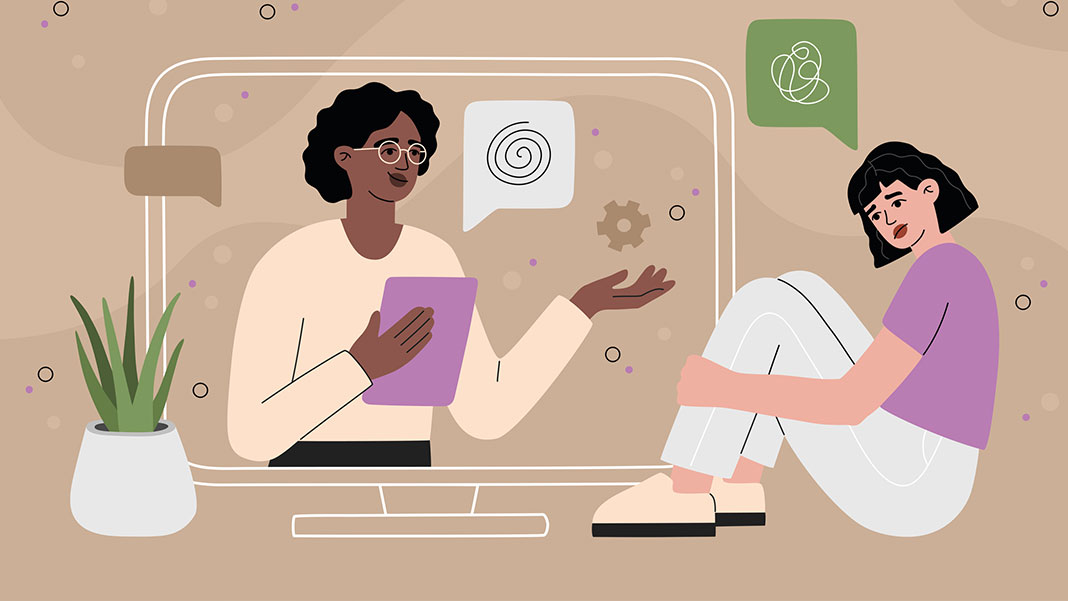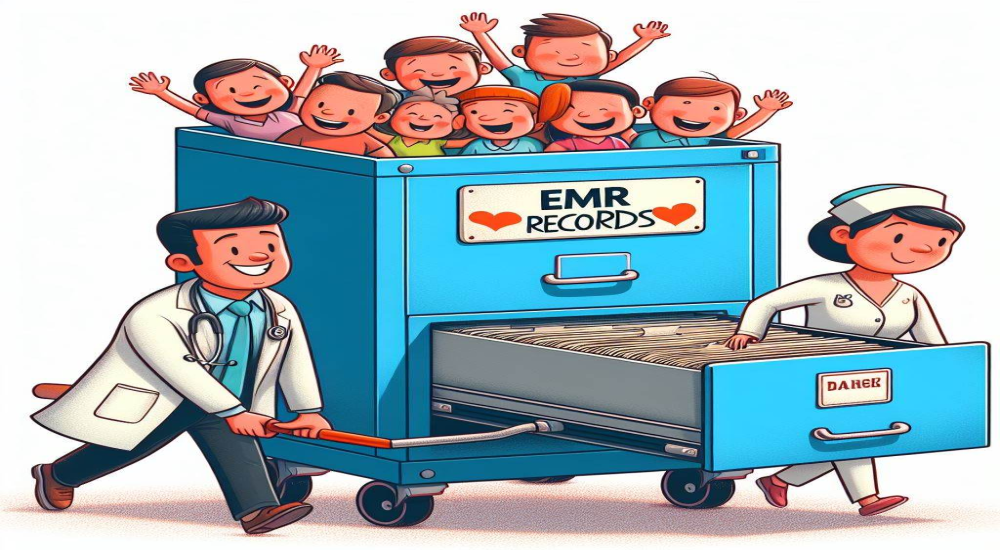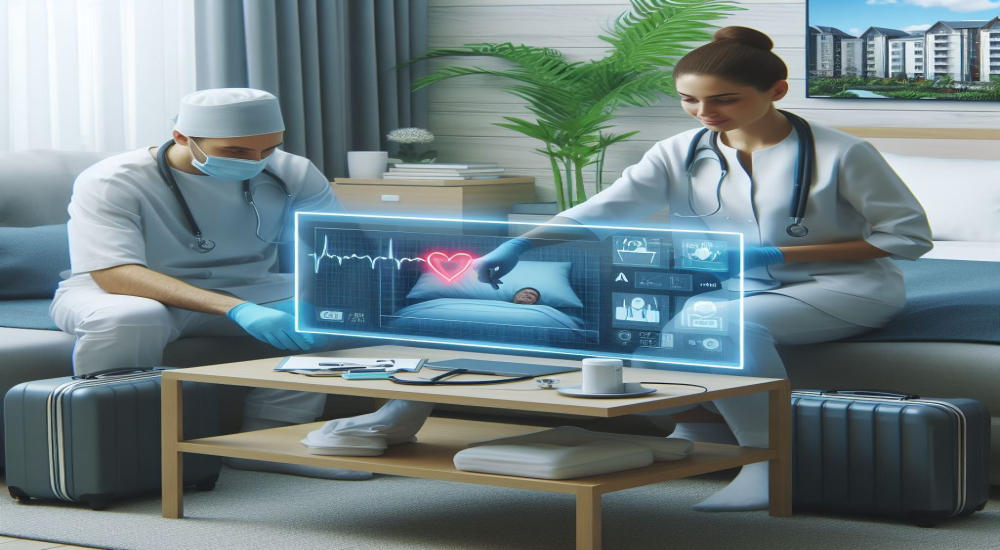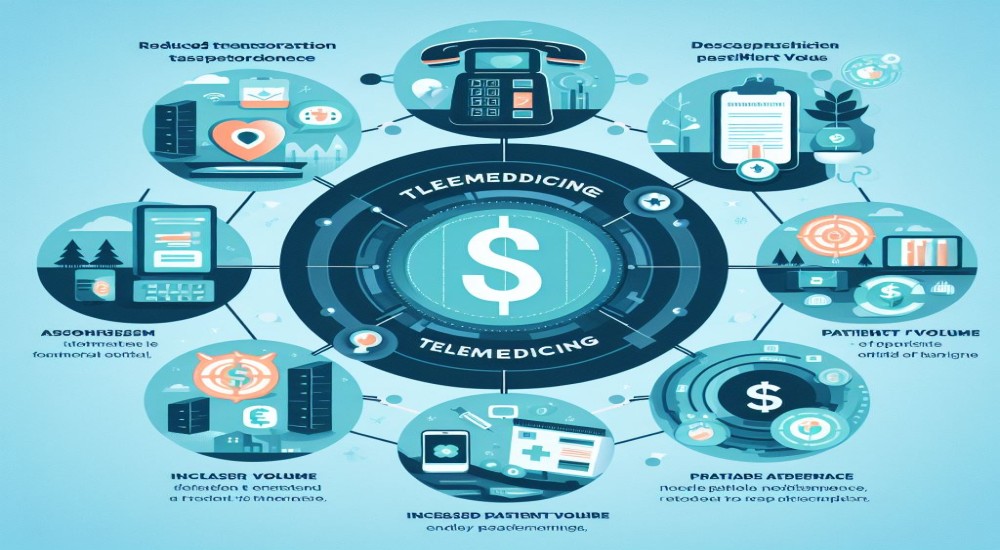Telemedicine to transform Women's Healthcare.!
Women have historically gotten the short end of the stick and it's only with centuries of glacially slow progress interspersed with some truly era defining protests from various suffragette movements that the status quo we see today has come about.
There are many areas where women have caught up with their male counterparts ; whether it's the right to vote, equal pay, equal representation, pregnancy breaks, opportunities in every industry and at every strata or to companies and portfolios recognizing home maker as an official designation(you can try it on LinkedIn if you'd like 😉) there are still some glaring gaps in implementation.

The map of women's health care based on multiple indices and quantitative data varies widely by geography, the regime in power, socioeconomic status of the country or population, existing religious or cultural beliefs. Nearly a hundred years after the start of feminist movements equal access to Healthcare is still an unattainable dream for women in many countries including India.
Women have a specific set of diseases, disorders that require specialized care especially once they obtain reproductive maturity. Pregnancy care, obstetric care and even psychiatric care has been specialized for women due to the biological or environmental challenges unique to them.
Healthcare for women is a global metric especially healthcare for pregnant women. The reason being that their health and welfare decides the welfare of an entire generation, most complications and deaths related to reproductive health are avoidable with early/regular intervention and proper education and awareness.
This can be hard to find in remote regions. As doctor working in a PHC near rural areas in South India I have seen many women opt for home births, avoiding check-ups due to familial stigma or fear, many unreported pregnancies that end up with complications and maternal death. All of which are preventable through early and timely intervention.
Now India alone has a 60.47 crore population of women which pales in comparison to the whopping 3.95 billion women in the world. All of them require individual care based on their ages, conditions, environment and needs, however getting that care to them in a timely manner can be a logistical nightmare.
An added onus is that most doctors pertaining to women's health care are concentrated in cities and urban areas rather than rural communities where their need is more.
IDENTIFYING THE PROBLEM:
Women in traditional settings have several problems with accessing health care such as
- Traditional, cultural or social stigma that makes them hesitant to seek medical care for sensitive genital or reproductive problems.
- Embarrassment or fear of being examined by a male doctor. Religious reasons for not being seen by a male doctor.
- Health of male relatives, siblings are prioritized and no attention is given to the female members.
- Fear or hesitancy to spend a lot of money and time on traveling to a hospital or medical centre (especially true among rural and low income families).
- Inaction of male member, dependence for travel, safety and finances on a male member of the family who does not cooperate with seeking medical attention.
- Superstitions, rumours, misinformation regarding medical procedures, their costs or their outcomes discourages uneducated or poorly educated women from visiting a doctor.
- For poor, low income families long working hours mean that they can't afford to visit a doctor during the day without losing earnings.
- Women employed in the manual labour, agricultural sector etc find it hard to visit a doctor due to inconvenient times and sporadic nature of their work.
- Poor awareness among women as to what constitutes an emergency, need for breast cancer screenings, taking care of reproductive health, menstrual health and dangers they pose.
- Accessing medical care on a regular basis is a challenge due to work, money or other reasons and so women with cancer, uterine fibroid, polycystic ovarian syndrome usually don't have the continuous care they desperately need.
TELEMEDICINE TO THE RESCUE :
In India medicine and remote health monitoring can be an actual marriage made in heaven for women (contrary to what Bollywood or your parents tell you about marriages 😉).
Telemedicine can quite easily bridge the gap in supply and demand by connecting doctors in remote locations with patients.
- Video based consults for regular health check ups
- Remote management of puberty issues
- Remote management and health consults for pregnancies.
- Emergency consult for unusual bleeding, pain or pre natal care.
- Assessing nutrition and health of women by age and location.
- Bringing expert care to remote areas.
- Psychological counselling for abuse, harassment or other needs
- Menarche, menopausal care.
- Aid, counselling and support groups for battered women, survivors or those undergoing domestic violence.
- Assessing women centric diseases, their rates of prevalence to make better policy decisions targeting them.

INNOVATIVE WAYS TO HELP..!
India is a country of many languages and that in itself can be a hurdle for women from rural areas and poor backgrounds to access healthcare. To combat this telemedicine applications can be made with multilingual focus, focus on the regional language. It's much easier for the software to learn or use a new language than for a person to do the same.
This means that women can receive care in the language of their choice, read the application or doctors notes, instructions in their native tongue.
To assist women with sensitive issues we can have built in chat bots that offer a range of suggested questions that women or young girls often ask. These questions can help women who find it hard to give words to their problems or communicate them in a concise way.
Telemedicine apps can be easy to use and phone based so that women can have an electronic record of their health data with them at all times. Simple notes, open forms and calendar functions can help them keep track of their menses, cycle disruptions, note down the frequency and duration of each abnormal episode. This way women can take proactive charge of their own health and this can empower not only them but a generation they raise as well.
Just as there are specialized apps for women in duress, we can have built in panic switches that they can use safely to notify medical professionals to call for help even if the patient is accompanied by the abuser. Many women in India especially in rural regions are known to use various tobacco products particularly chewable ones. This leads to a steep decline in their oral health and consequently quality of life. But teleconsultations can help reach remote areas to spread awareness, conduct camps or sessions for tobacco cessation.
A variety of fake products, snake oil salesmen thrive on duping women and these Telemedicine applications can even be used to spread awareness about which home remedies, products on the market are safe to use and at what doses. Mothers can get help for their children or babies who are not feeding of thriving as well as normal.
ENDLESS POSSIBILITIES!
Many Telemedicine companies have incorporated wireless medical devices into their programs so that they can be deployed as miniature clinics.
Women especially in countries like India are more likely to suffer iron deficiencies, anaemia, uterine problems, have poorer nutrition than their male counterparts. Use of multipurpose hemometers, rapid testing kits etc can help narrow down endemic regions and populations.
Telemedicine software can be very easy to use and simple to navigate but even the limited training required is an opportunity for employment. Women with even minimum educational backgrounds can be trained to teach, help other women use teleconsultation programs. This helps generate income, jobs, increase traction and accessibility.
Many national schemes and programs use Gram Seva workers for checking on women's issues. They can be augmented with tablets or devices that record basic health information and vitals to store on the telemedicine software.
WHAT IS NEEDED FOR IMPLEMENTATION?
This can be done in stages with a few pilot programs in different states to see what challenges are faced during implementation. Public attitudes have to be assessed and willingness as well as ease of use by women should be noted.
Any state or nation wide rollout will need to be in stages and there should be proper oversight. Though such implementation will cost less than conventional medical care it will still include a significant investment over a long period of time. The government can form PPP's (public private partnership) with private players in telemedicine, NGO's etc to make the process smoother and faster.
Women have played irreplaceable roles in our public and private lives and they will continue to do so. Addressing inadequacies in their health care is an important part of developing society as a whole and Telemedicine is an important tool that can be wielded in that quest.



















































